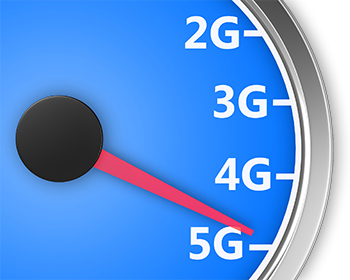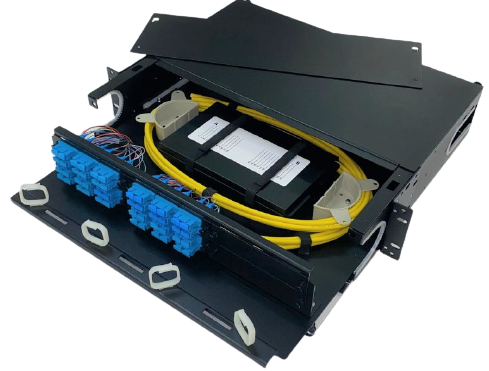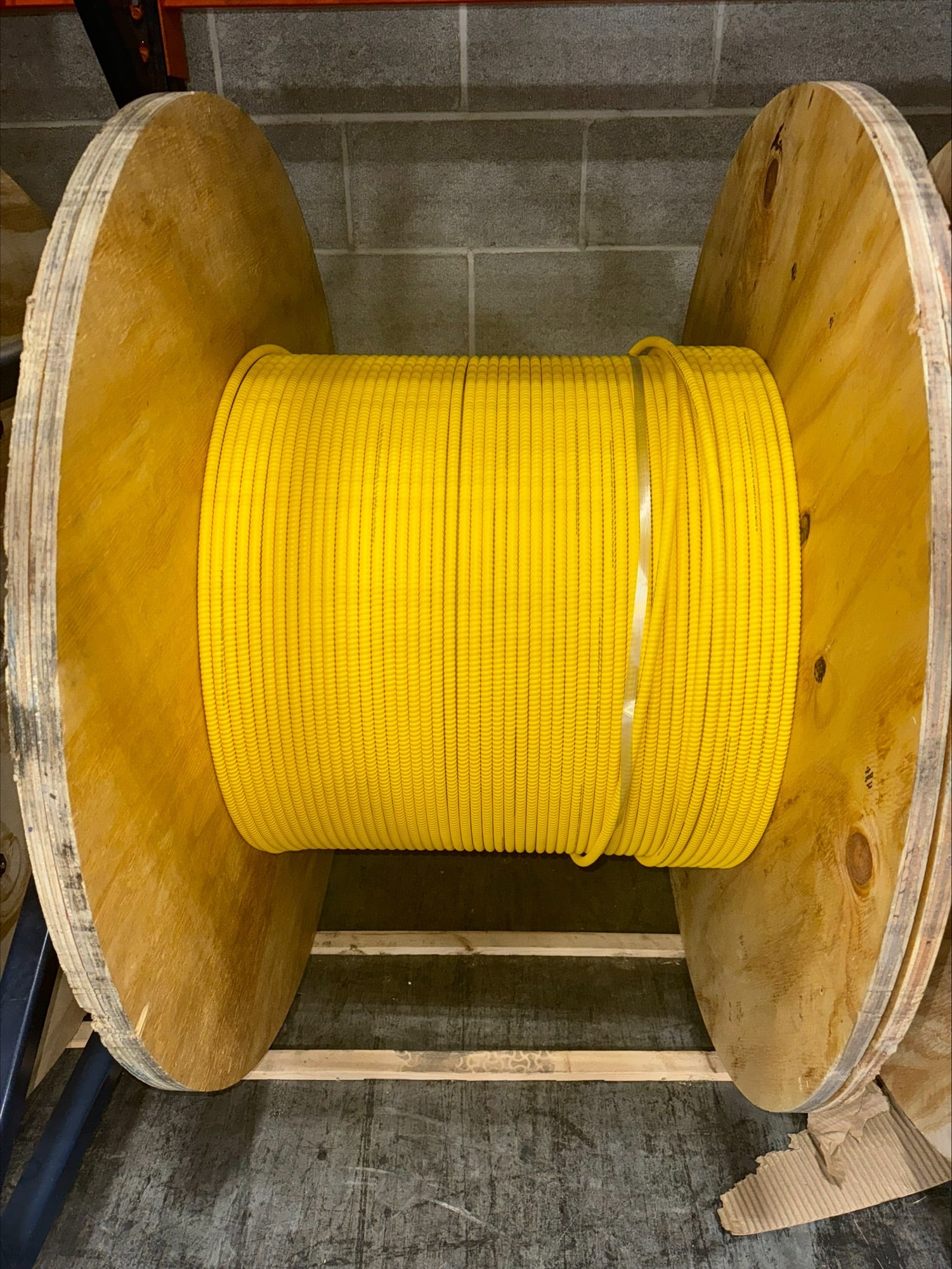Spectrum

The FCC is taking action to make additional spectrum available for 5G services.
- High-band: The FCC has made auctioning high-band spectrum a priority. The FCC concluded its first 5G spectrum auctions in the 28 GHz band; the 24 GHz band; and the upper 37 GHz, 39 GHz, and 47 GHz bands. With these auctions, the FCC is releasing almost 5 gigahertz of 5G spectrum into the market—more than all other flexible use bands combined. The FCC is also working to free up 2.75 gigahertz of 5G spectrum in the 26 and 42 GHz bands and it has initiated a proceeding to make more efficient use of additional millimeter-band spectrum in the 70/80/90 GHz bands.
- Mid-band: Mid-band spectrum has become a target for 5G buildout given its balanced coverage and capacity characteristics. With our work on the 2.5 GHz, 3.5 GHz, and 3.7-4.2 GHz bands, we will make more than 600 megahertz available for 5G deployments.
- Low-band: The FCC is acting to improve use of low-band spectrum (useful for wider coverage) for 5G services, with targeted changes to the 600 MHz, 800 MHz, and 900 MHz bands.
- Unlicensed: Recognizing that unlicensed spectrum will be important for 5G, the agency is creating new opportunities for the next generation of Wi-Fi in the 5.9 GHz, 6 GHz and above 95 GHz band.
Infrastructure Policy
The FCC must update infrastructure policy to encourage investment in 5G networks. As Acting Chairwoman Rosenworcel has said: “if we want broad economic growth and widespread mobile opportunity, we need to avoid unnecessary delays in the state and local approval process. That’s because they can slow deployment.”
Modernizing Outdated Regulations
The FCC is modernizing outdated regulations to promote the wired backbone of 5G networks and digital opportunity for all Americans.
- 5G Fund for Rural America: The Commission established the 5G Fund for Rural America in October 2020 to make up to $9 billion in Universal Service Fund support available to carriers to deploy advanced 5G mobile wireless services in rural America (including up to $680 million for deployment on Tribal lands). The Fund also sets aside at least $1 billion specifically for deployments facilitating precision agriculture needs.
- One-Touch Make-Ready: The FCC has updated its rules governing the attachment of new network equipment to utility poles in order to reduce cost and speed up the process for 5G backhaul deployment.
- Speeding the IP Transition: The FCC revised its rules to make it easier for companies to invest in next-generation networks and services instead of the fading networks of the past.
- Supply Chain Integrity: The FCC adopted a rule banning the use of taxpayer dollars (in the USF programs) from being used to purchase equipment or services from companies that pose a national security threat to the integrity of American communications networks or the communications supply chain.
Other Actions
5G Open Radio Access Networks: The FCC’s Forum on 5G Open Radio Access Networks featured experts at the vanguard of the development and deployment of 5G network architecture. Open, interoperable, standards-based, and virtualized radio access networks offer an alternative to traditional cellular network architecture and could enable a diversity in suppliers, better network security, and lower costs.
Innovation Zones: The FCC created its first two Innovation Zones, city-scale test beds for advanced wireless communications and network research, including 5G networks.



